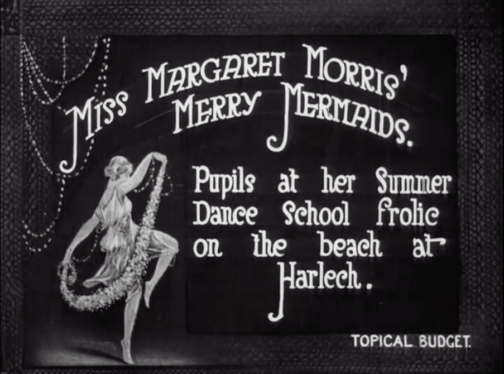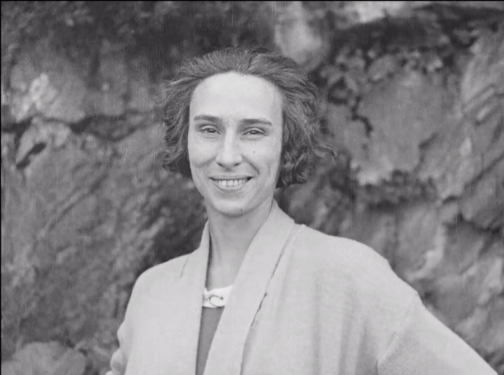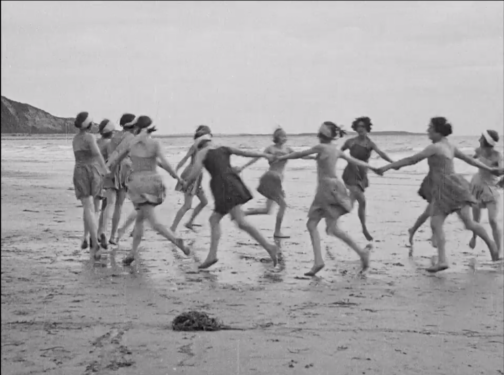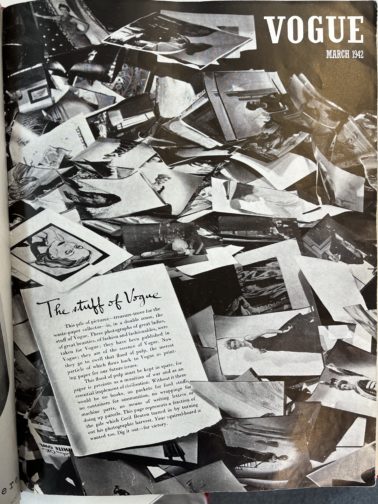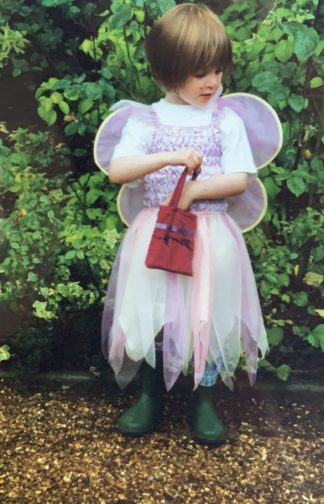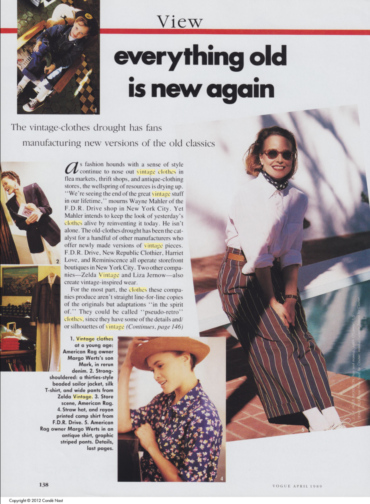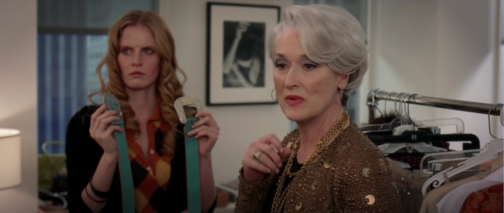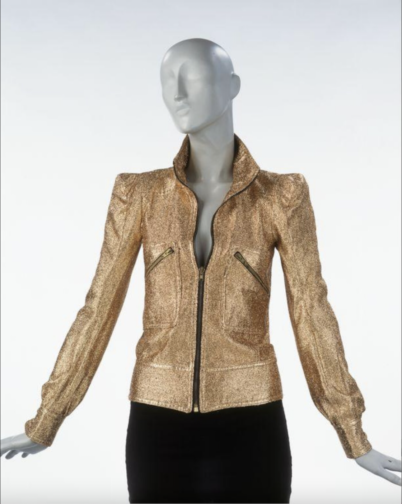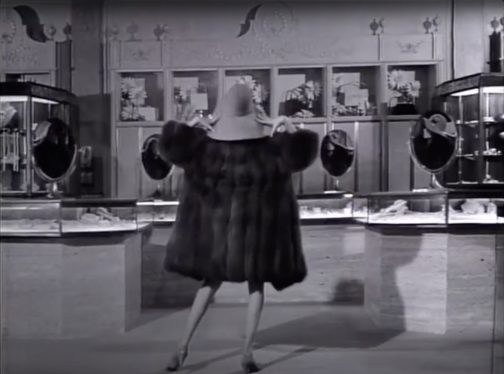*Due to teething problems with the new editing team, this post will be updated with images ASAP*
Current student Ipek Kozanoglu chats to MA Documenting Fashion’s very own Dr Rebecca Arnold about all things fashion and the @documenting_fashion Instagram account.
The emergence of Instagram eleven years ago has awoken a frenzied desire to share. Whether it’s the photos/videos of daily routines, favourite pastimes, interests or passions, the app has transformed whoever posts on the platform, into a curator.
It is undeniable that Instagram’s visual potency has breathed new life into the exhibition and dissemination of fashion and its imagery. Although a time before Instagram almost seems unimaginable ever since social media became deeply ingrained in our daily lives, exhibiting trends in fashion before was most common through magazines, fashion shows and films. Dr Rebecca Arnold’s @documenting_fashion Instagram account, with its array of photographs, drawings, magazine spreads and film extracts from a variety of periods, starting from the 1920s all the way to today, and cultures, spanning from the US to Europe and Asia, evokes this type of ‘documenting fashion’ before an age of social media. The account’s rich visual content is often accompanied by Dr Arnold’s brief yet captivating captions that not only inform the viewer about the history and meanings behind the images but also draw the viewers attention to details that often slip the gaze of the untrained eye. Presenting a broad view of styles that belong to different ages and cultures, the account becomes an outlet to compare similarities and differences in dress whilst highlighting the fact that many concerns, as well as fascinations in fashion, are universal.
In this interview, Dr Arnold delves deeper into her visual library and responds to questions about the creation and aim of the account, her interest in fashion and how it links to Instagram as well as criticism regarding fashion influencers today.

Could you elaborate on how you came up with this account, what was the inspiration and aim behind its creation? What drew you to Instagram as opposed to say other outlets such as Pinterest or Twitter for example?
I was only ever interested in Instagram – because it is image-based but with the potential for a little caption. Originally, it was for my MA students and I, but I think they had enough to do with their studies and the blog, plus, followers started to recognise my caption writing style and so it gradually evolved to be my own account and the students focused on the blog.
Is there a specific period/era in fashion history that you favour amongst others and find yourself coming back to explore on your account?
One of the things that’s fun on Instagram is that I can jump around a lot – but I do love interwar fashion and mid-century photography so I return to these eras a lot. I also really like early 1970s fashion, especially its illustration, and I like looking at old WWD issues and posting the amazing drawings from there.
Your account features a rich variety of fashions, styles that belong to different cultures from North America, Asia to Europe. Could you elaborate on the elements that you take into consideration before you create a post? Is there a strategy that you tend to follow when you create posts or shape your content, such as geographical or periodical order/patterns?
I don’t prepare posts in advance or think about it too deeply – so it’s very much what I feel like in the moment I’m posting. I have enormous image files, I’m always looking at databases, archives, books, magazines. It’s funny when I look back a few posts and realise I was clearly attracted to a colour, pose, period or region without realising.
That said I think it is essential to reflect diverse peoples, representation matters.
With 7322 posts and counting, @documenting_fashion resembles a time capsule (staying very true to its name), garnering fashion imagery, photographs, magazine spreads, ranging from a variety of periods, starting from the 1910s all the way to the 70s and 80s. What draws you to the fashion imagery of the past? The quality of the material, the process of creation or the ‘lived-through experience, memories garments hold perhaps?
I’m a historian, I love evidence, I love finding something that tells us about the past, that enables us to understand, question, investigate a particular moment. I’ve been drawn to images all my life, and to dress – I love how it’s at once intimate, personal and about memory, but also about many other histories – from attitudes to the body to technology.
Your account has an impressive number of followers (113.000 to be exact) which includes highly esteemed faces from the fashion and art world such as Val Garland and Richard Haines. Did you have a target audience in mind when you first started the account and does this wide reach that the account now has affect the content that you post each day? Do you try to create content that aligns with what they’re looking for?
Not specifically. When the account was set up, it was really about my students and I, and entertaining ourselves. It’s amazing to me that it’s grown so much. I’ve definitely come to understand Instagram not just as curated images, but as building and more importantly, being a part of a like-minded community. I love the way choice of images and responding to images others choose means you connect with people through shared visual taste, interests etc. I am thrilled to have connected with and made friends with so many people this way.
I don’t tailor any of my content, I don’t really know how you’d do that, I don’t think that would be very interesting and would be a quick way to go crazy! – I post what interests me – and I respond to other people’s accounts where they also seem to be fascinated by the images they post.
Instagram has become a competitive social media outlet with the surge of ‘influencers’ over the past couple of years. Some influencers are often criticised for being tone-deaf regarding social matters and for glossing over them by posting glamourous photos on every occasion. Does your account, with the variety of mediums it offers from a broad period, also carry the aim of somehow informing/educating people regarding fashion history and issues surrounding it?
As I said above, I think you should post what interests you, but also remember that representation matters – and like everything you do, it should therefore reflect your politics and beliefs. It’s unacceptable to represent only white people, it’s unacceptable to only think about supporting a particular cause once a year when there’s a special day or whatever. Representation is an ongoing, political act, for all it is fun and entertaining etc. So, I suppose what I’m saying is, if you truly believe in inclusivity, for example, it becomes part of everything you do, and not a performance that you have to think about. I am not consciously aiming to educate, but since I have strong opinions, and have spent the past 25 plus years as a lecturer, education is fundamental to me, even when I’m “just” posting pictures on Instagram.
Another criticism that influencers face nowadays is that they conform to and perpetuate high beauty standards and wear clothes specifically for Instagram, to project a certain image of themselves and please their target audience. Your account has many photographs from magazines that go back to eras such as the 1960s and even all the way back to the 20s. As a dress historian and owner of quite an active Instagram account about fashion imagery, how do you view and respond to this criticism?
The best influencers wear and style themselves in a way that is authentic to them – whether to the way they actually live or their aesthetic aspirations. Those are the influencers I follow and that I’m interested in. It’s easy to criticise influencers, but they aren’t all the same, and with all the people I follow, I’m responding to something they bring to the imagery – and by extension to the way they wear and style themselves.
Nowadays, it seems like everyone can become a fashion/beauty influencer with the right amount of popularity and number of followers. Do you think this concept existed before the time of social media, with icons such as Twiggy and Brigitte Bardot? If so, has it intensified over time as Instagram rose to prominence?
I actually don’t think anyone can – not as a sustained thing. It only really works if it connects to you, and if you really are good at styling and projecting yourself in a way that connects to a particular audience. There have always been women whose sense of style and ability to project themselves through clothes is admired. Now, they are more visible, and a wider range of people can be seen and therefore find their audience.
Aside from the @documenting_fashion account, you also have a podcast called Bande à Part where you discuss all things fashion and its different themes, periods, styles and mediums, with Beatrice Behlen, which airs every Sunday! Could you expand on how Bande à Part came about? Is it an audio companion to your Instagram account where you delve deeper into the fashion sphere?
Bande à part was not conceived of as connected to my Instagram account, it came from my friendship with Beatrice and thinking it would be fun to do something together and that’s what it has continued to be. My main creative and academic outlet has always been writing, so audio is closer to that really.
Finally, following up on your “If I was a fashion photograph/a painting…” game on your podcast and with Halloween approaching, I couldn’t resist asking you if there is a dress that you would like to wear from a museum and what would it be?
I actually don’t like dressing up in costume! But if there are any museums that would like to lend me a Vionnet dress, I’d be thrilled…
Special thanks to Dr Rebecca Arnold for taking time off from her book and responding to the questions for the blog.
Interview by Ipek Birgul Kozanoglu
